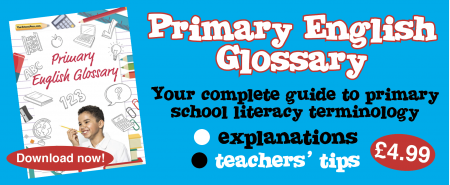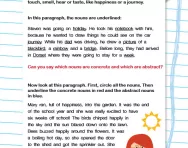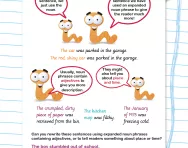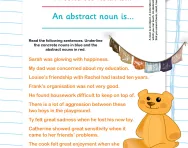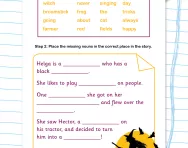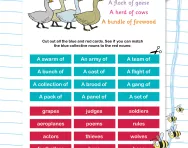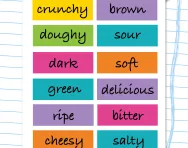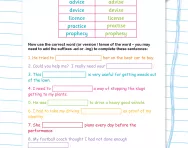TheSchoolRun.com closure date
As we informed you a few months ago, TheSchoolRun has had to make the difficult decision to close due to financial pressures and the company has now ceased trading. We had hoped to keep our content available through a partnership with another educational provider, but this provider has since withdrawn from the agreement.
As a result, we now have to permanently close TheSchoolRun.com. However, to give subscribers time to download any content they’d like to keep, we will keep the website open until 31st July 2025. After this date, the site will be taken down and there will be no further access to any resources. We strongly encourage you to download and save any resources you think you may want to use in the future.
In particular, we suggest downloading:
- Learning packs
- All the worksheets from the 11+ programme, if you are following this with your child
- Complete Learning Journey programmes (the packs below include all 40 worksheets for each programme)
You should already have received 16 primary school eBooks (worth £108.84) to download and keep. If you haven’t received these, please contact us at [email protected] before 31st July 2025, and we will send them to you.
We are very sorry that there is no way to continue offering access to resources and sincerely apologise for the inconvenience caused.
What is a noun?
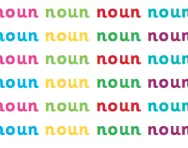
A noun is a naming word. It is a thing, a person, an animal or a place.
Common and proper nouns
A proper noun is the name of a person or place, such as Susan or America. Proper nouns start with a capital letter.
A common noun describes a class of objects and does not have a capital letter, for example: car, animal or planet.
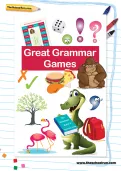
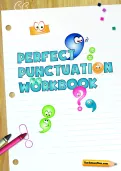
Download Fantastic FREE Grammar Resources!
- Perfect Punctuation Workbook
- Great Grammar Games Pack
- PLUS 100s of other grammar resources
Concrete and abstract nouns
A concrete noun is a person, place or object you can physically touch, such as: Dad, London or a table. Concrete nouns include proper nouns and common nouns.
An abstract noun is a thing that cannot be touched or seen, such as education, love or success.
Singular and plural
'Dog', 'balloon' and 'table' are nouns in the singular. This means there is only one of them.
If these nouns were in the plural, it would mean there were more than one of them. An 's' would be added to the end to make the words 'dogs', 'balloons' and 'tables'.
Forming the plural of nouns follows specific rules: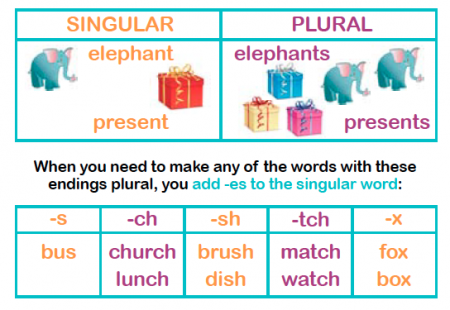
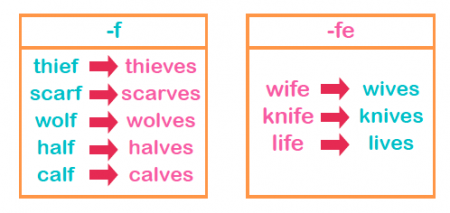
- If a noun ends in a 'y', to make the noun plural, the 'y' is removed and 'ies' is added: 'baby' becomes 'babies' and 'party' becomes 'parties'
- If a noun ends in 'f' or 'fe', to make the noun plural the 'f' or 'fe' turns into 'ves': 'calf' becomes 'calves' and 'knife' becomes 'knives'
Collective nouns
A collective noun is a noun used to describe a group of something. For example:
- the word 'herd' is a collective noun to describe a group of animals.
- the word 'choir' is a collective noun to describe a group of singers.
Pronouns
A pronoun is a word used to replace a noun. Examples of pronouns are: he, she, it, they. Possessive pronouns such as his, hers, their, your are used so that we don't have to keep repeating the noun.
For example:
If you use pronouns the sentence reads much better:
Learning about nouns in primary school
In Key Stage 1, children learn that nouns representing people and places (proper nouns) are written with capital letters. They are also expected to start replacing their nouns with pronouns and use the plural form of nouns, simply by adding 's' to a word.
Later on, they will move onto learning how to make words ending 'y', 'f' and 'fe' into plurals using the correct spelling patterns. They may also learn about collective nouns.
In Year 2 they'll be forming nouns by using suffixes, and by Year 3 forming nouns using a variety of prefixes. From Year 4 they'll identify and learn to expand noun phrases.

